The Hermitage Pavilion in Peterhof Palace, St Petersburg, features an example of early 1700s luxury and culinary innovation.
From Superinnovators 29/08/24
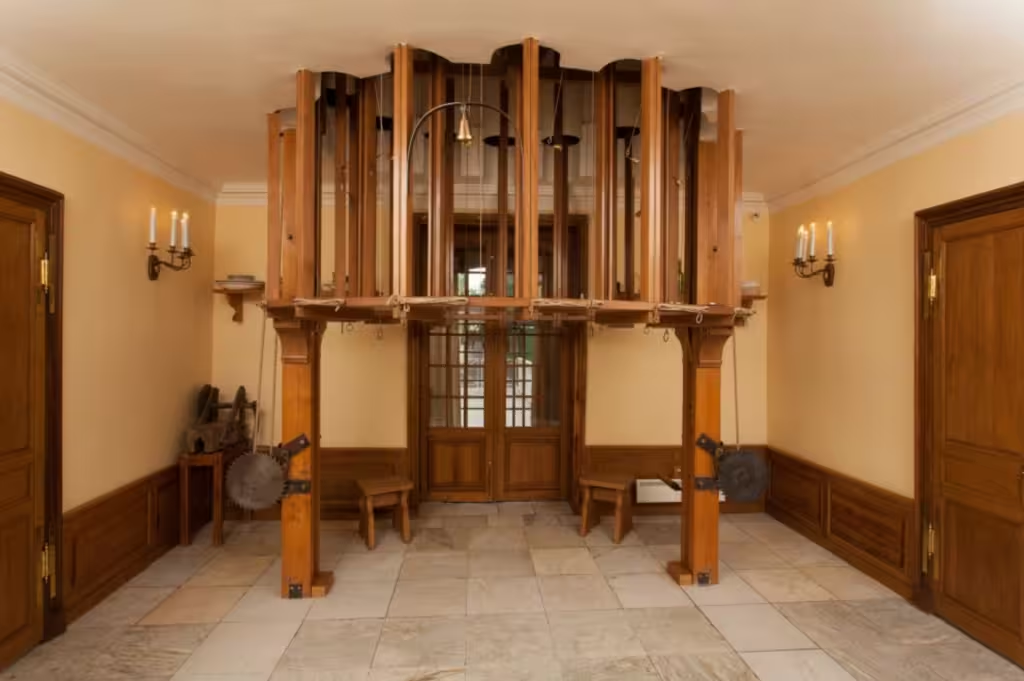
According to the Peterhof Museum, Russian Tsar Peter the Great built the Hermitage – the first of its kind in the country – after being inspired by similar structures he encountered in Europe.
The two-storey pavilion features a unique mechanical dining table designed to lift food from the floor below.
The table allowed guests to dine without servants’ presence, with food and dishes being raised on a central oval platform, as well as individual side plates around the outer rim.
This design ensured privacy during meals, aligning with the pavilion’s intended use as a retreat, but also shows, perhaps, how the aristocracy viewed their servants at the time.
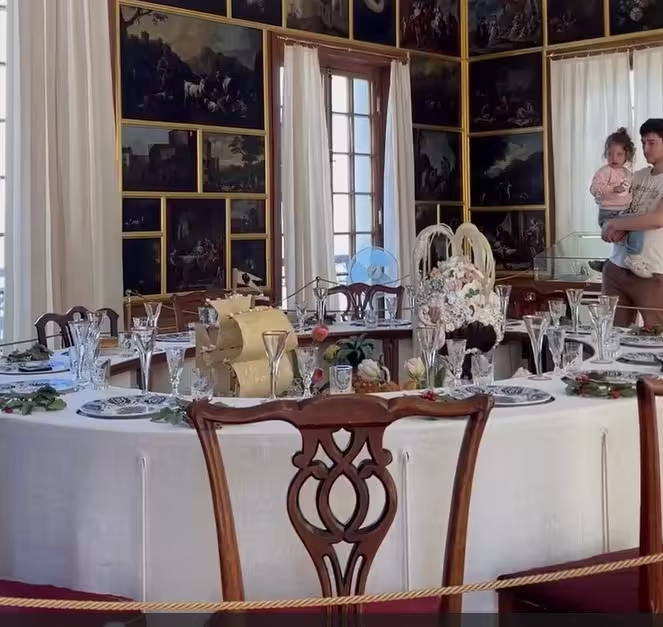
The mechanism involved a counterweight system, activated by manually operated cranks, lifting the table through the floor.
Interestingly, the pavilion also includes dumbwaiters for smaller items, demonstrating the era’s engineering sophistication.
It looks like Peter the Great didn’t get to use it though, as it was finished after he died in 1725.
Moreover, the daughter of Peter the Great, Empress Elisabeth, outdid her father many years later.
Her Hermitage Pavilion in Tsarskoye, constructed in 1744-1754, features a larger rectangular mechanical dining table with a further four smaller mechanical serving tables around it.
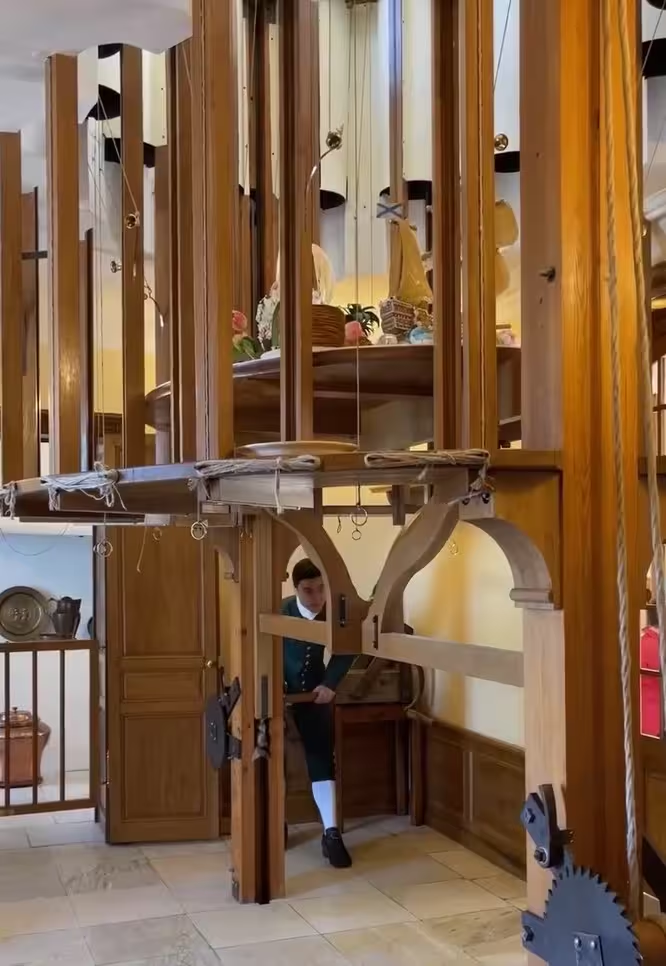
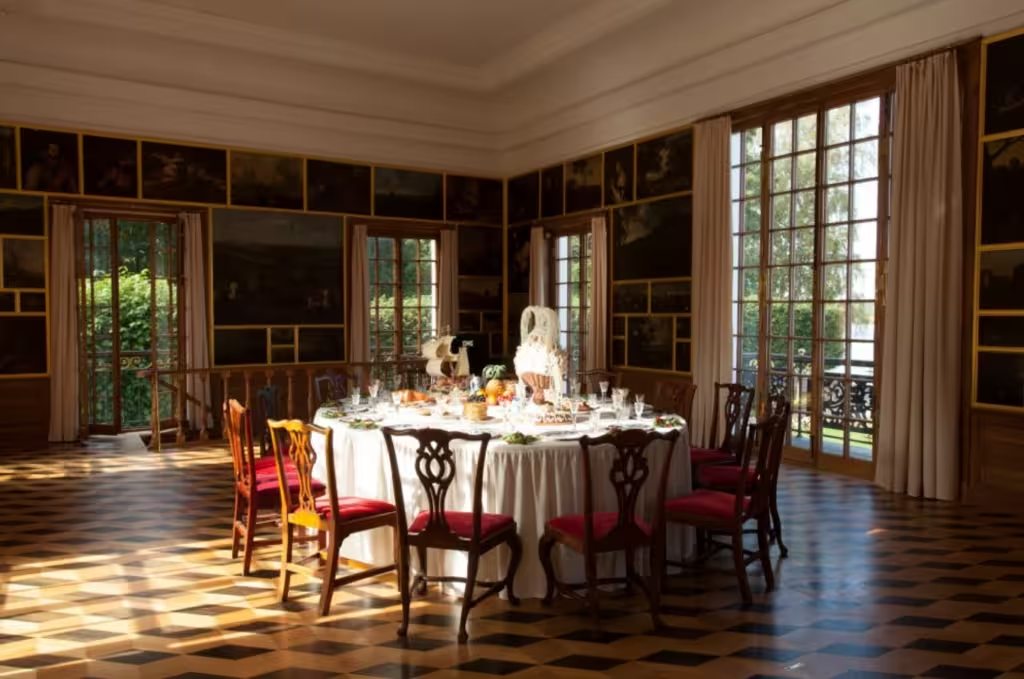
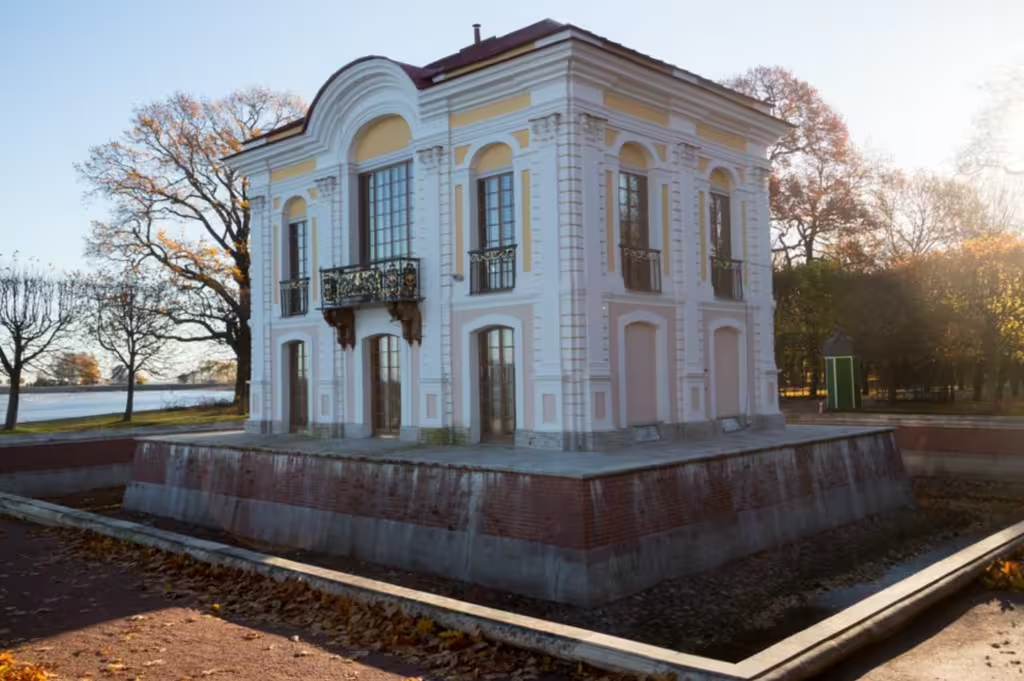
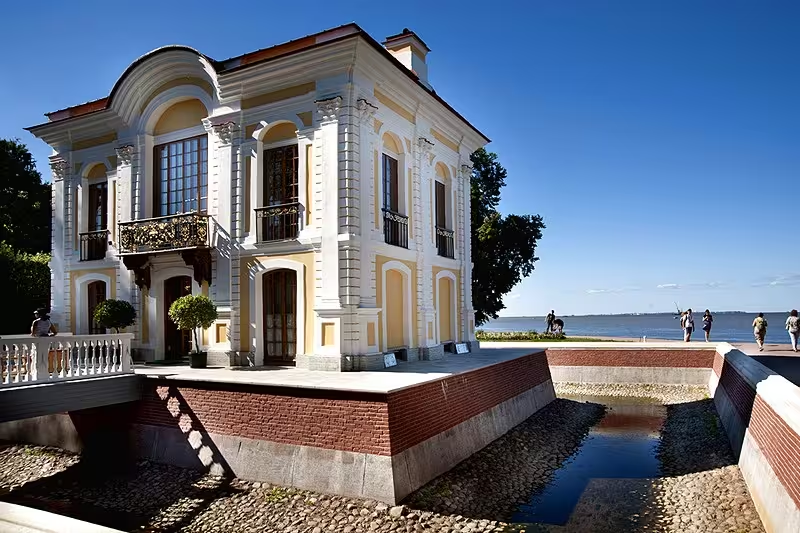
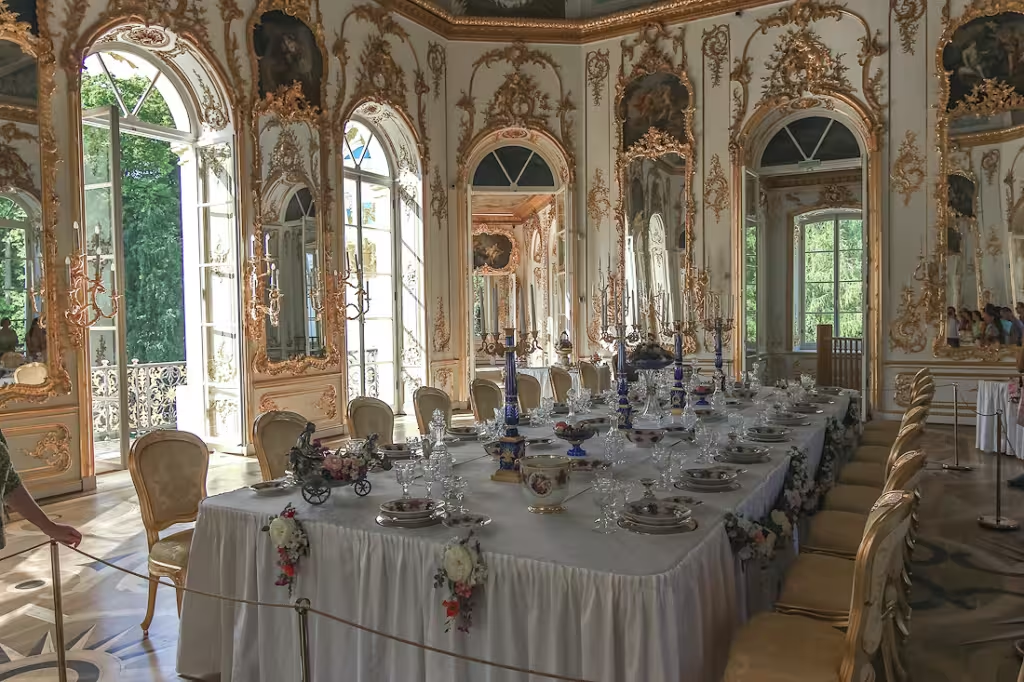
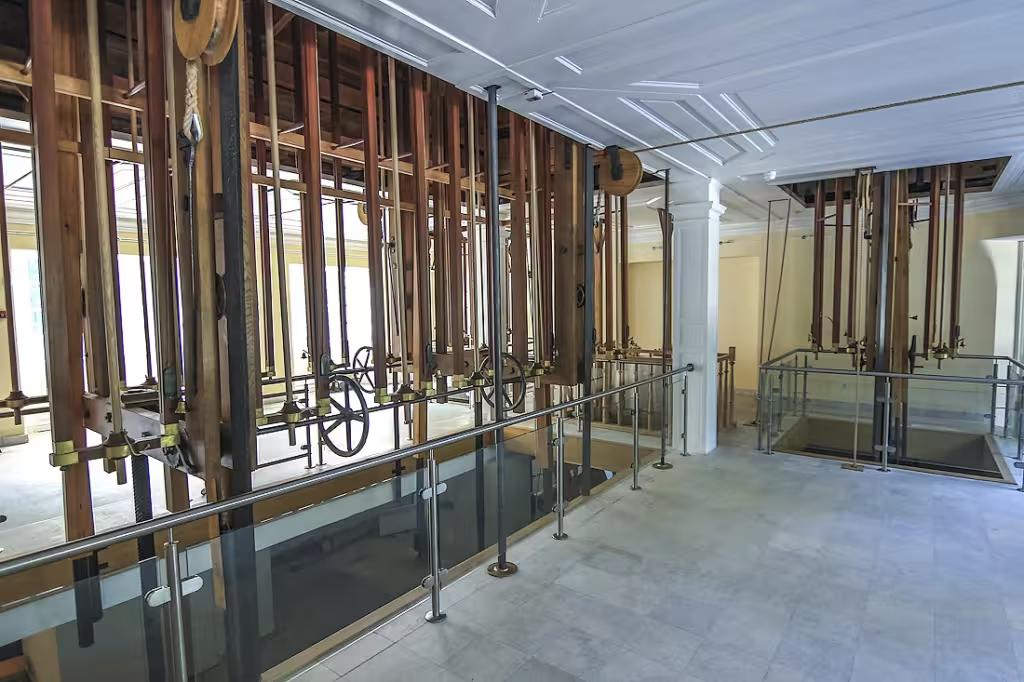
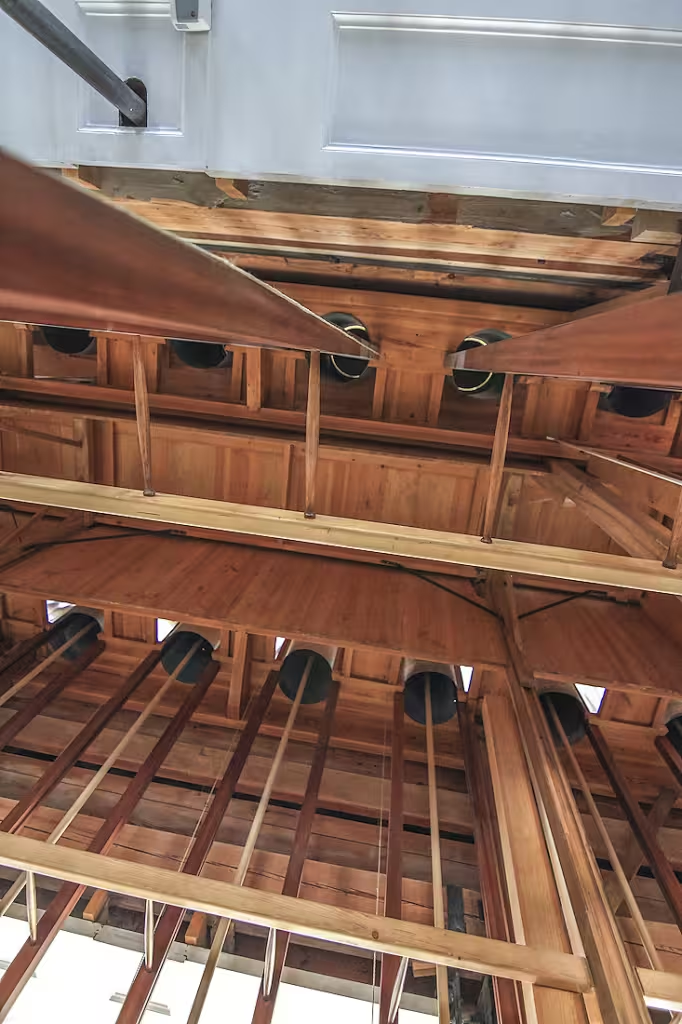
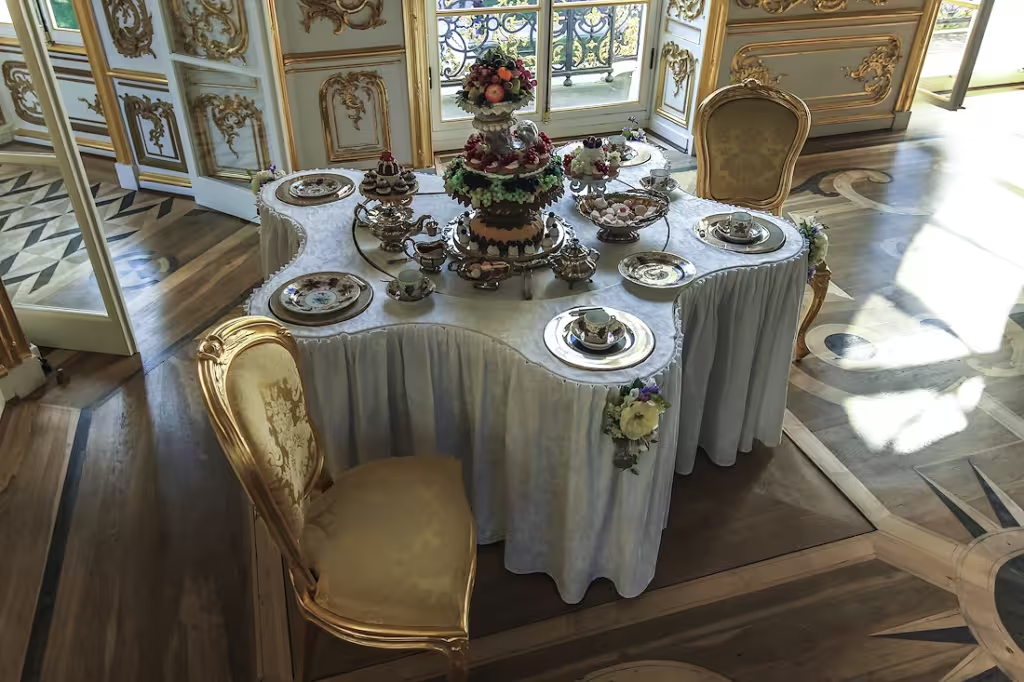
More info
https://en.peterhofmuseum.ru/objects/peterhof/pavilion_ermitazh
You may also be curious about:
-

Oxford physicists recreate extreme quantum vacuum effects in simulation
-
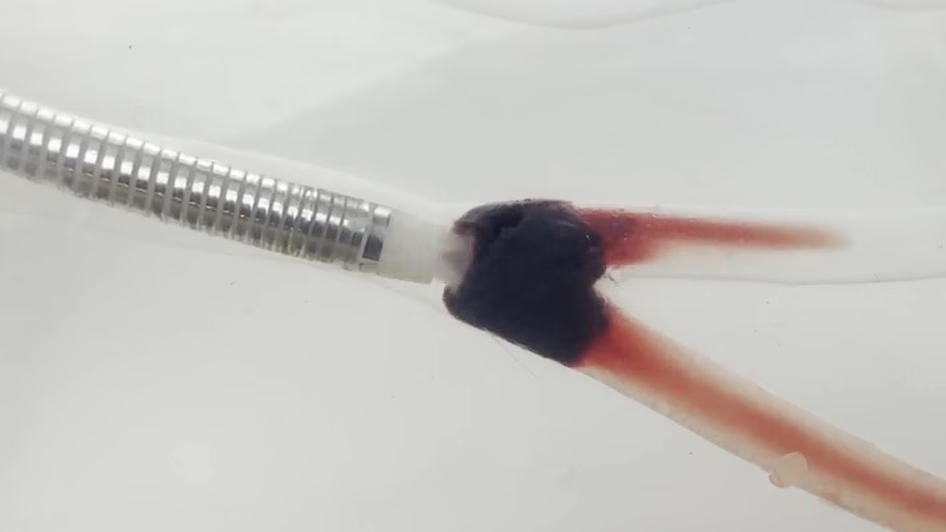
Tiny device spins blood clots away
-

Skin bacteria help protect us from sunlight
-

New brain-reading video game reduces chronic nerve pain
-
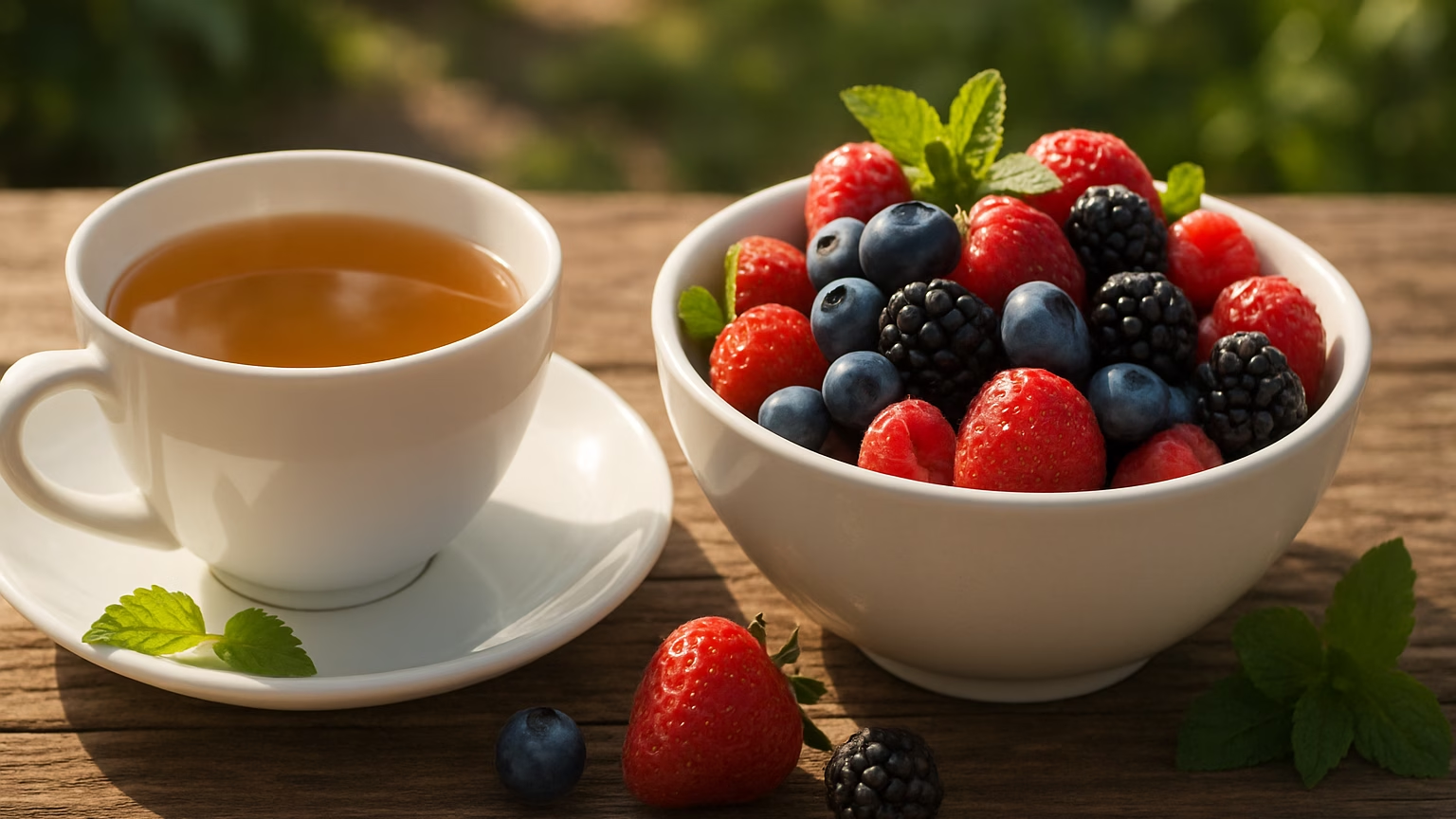
Black tea and berries could contribute to healthier aging
-

Viral mouth-taping trend ‘sus’ says Canadian sleep expert
-
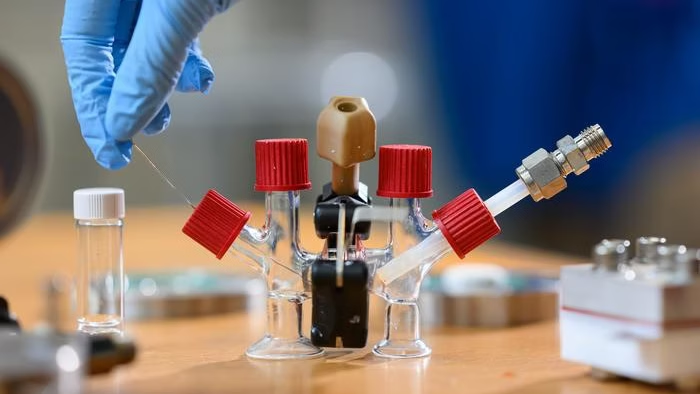
New sodium fuel cell could enable electric aviation
-

The most extreme solar storm hit Earth over 14,000 years ago, scientists identify
-

Electronic face tattoo gauges mental strain
-

Solitonic superfluorescence paves way for ambient temp quantum computing
-

Cosmic mystery deepens as astronomers find object flashing in both radio waves and X-rays
-
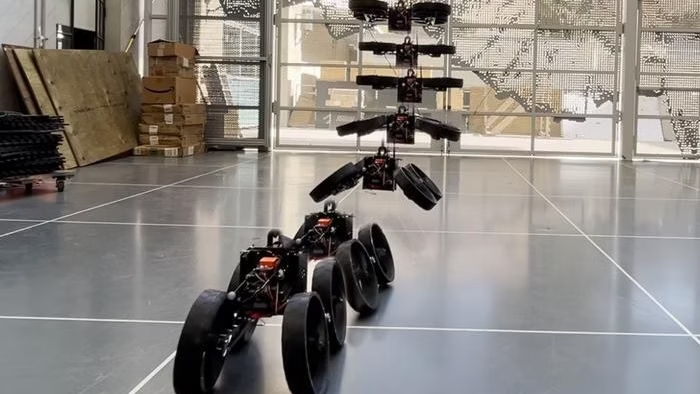
The rotors are also the wheels on this morphobot

One Response